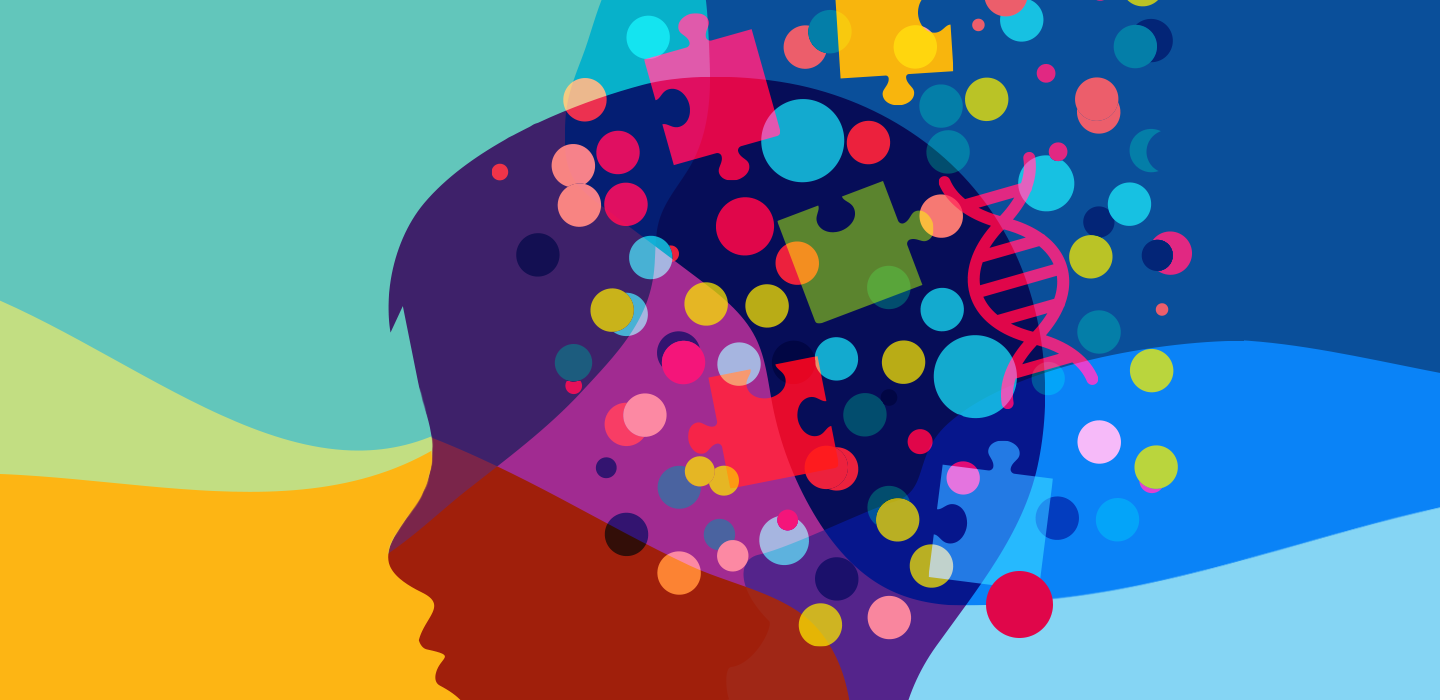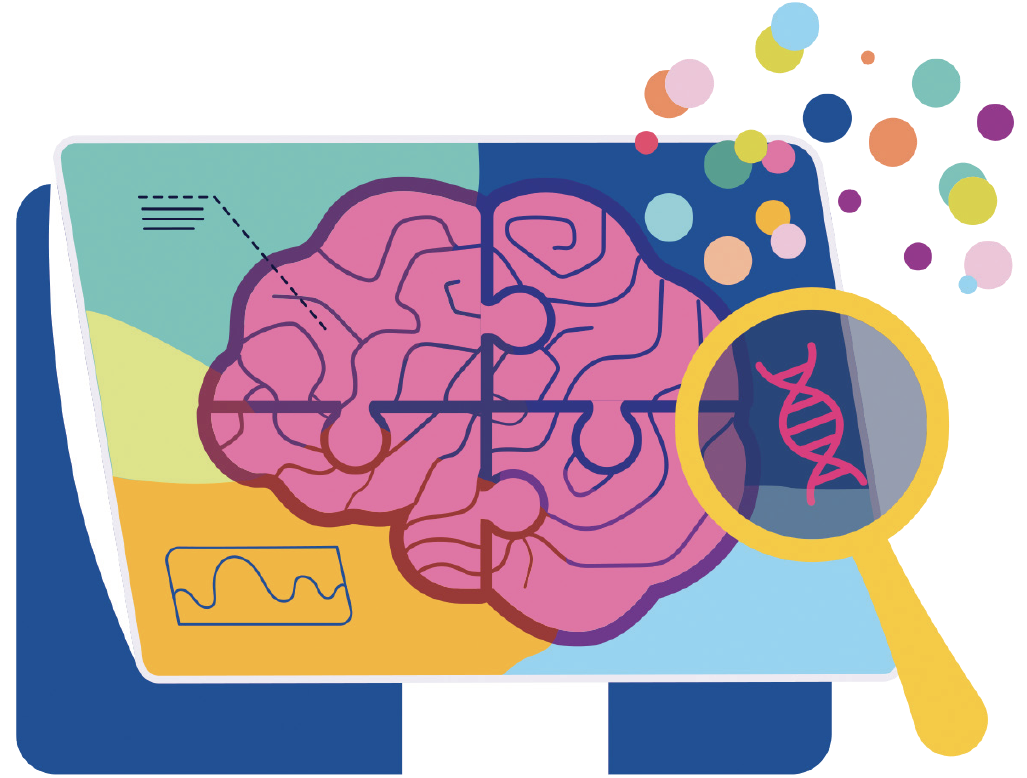Investigating the Genetics of Autism
An Interview with Elliott Sherr, MD

Curious about the genetics of autism? So is pediatric neurologist Dr. Elliott Sherr, who leads UCSF’s effort to reveal the genes that give rise to autism spectrum disorder and develop treatments that will revolutionize how we care for children with developmental disabilities.

What is autism?
Autism is a relatively common genetic disorder. The US Centers for Disease Control and Prevention currently estimates that about one child in 40 has autism spectrum disorder, a broad range of conditions characterized by challenges with social skills, repetitive behaviors, speech, and nonverbal communication.
But those conditions are diverse. The brain is a complex place. More genes are expressed in the brain than anywhere else in the body, so interfering with how it functions can be varied and challenging.
Some kids will have autism and nothing else. But most of my patients have a constellation of neurodevelopmental challenges. They don’t fit into a simple rubric. They might also have sensory disorders, like auditory or visual impairment.
Is autism always genetic?
It often is. There can be a family connection – one or more close relatives may have subtle features related to autism – which means there are many inherited genes working together to increase susceptibility. That probably makes up more than half of the cases that we have identified.
But it can also appear out of the blue, with no family connection. These cases are often caused by a new mutation in the DNA that isn’t shared by other family members. I primarily work with these patients, where there’s a unique change in the child’s DNA that both causes and helps us understand the disorder.
How did you start thinking about the genetics of autism?
When I finished my training as a child neurology fellow, understanding the genetics of autism and intellectual disability was in its infancy. But UCSF had great expertise in brain imaging, which allowed us to connect the dots between cognitive-behavioral disorders and changes in brain structure.
Suppose a patient – let’s call her Molly – comes in with severe autism. Molly has a set of clinical features, like autism, seizures, and visual impairment. Her brain imaging reveals another set of features, and she shares these exact features with a dozen other kids. These shared challenges tell us we’re looking in the right direction and can figure out the cause of their condition. Knowing the cause becomes the springboard to a treatment plan.
Can you give an example?
One of the imaging features we look at is called agenesis of the corpus callosum, which is an anatomic structure that links the left and right sides of the brain. It’s a big structure, like a superhighway – the 101, 280, 580, and 980 highways all put together. People with agenesis of the corpus callosum are born without that structure or with a smaller version.

Kids were coming into my clinic with autism and abnormalities of the corpus callosum, which prompted me to conduct a genetic analysis of this group. We found that a number of these patients also had mutations in a protein- coding gene called DDX3X, so we were able to identify DDX3X as a cause of autism.
What made this discovery unique?
Almost all the kids we identified early on with this mutation were female. And we were able to identify it as one of the four or five most common genetic causes of autism in girls. But it had been totally missed because so much of the autism research in the beginning focused on boys. Given this inadvertent scientific neglect of female patients, this was a good example of how important it is to pay closer attention to girls going forward.
How can genetic insight impact treatment?
There’s another gene called VAMP2. It produces a protein involved in neurotransmission, a crucial process that allows nerve cells in the brain to communicate.
Knowing the cause becomes the springboard to a treatment plan.
We identified this mutation in several children with developmental delays, including a patient of mine. This patient was more than autistic. She was almost completely mute and didn’t interact at all.
We were aware of a multiple sclerosis (MS) drug called Ampyra that increases the stimulus from one nerve cell to another. MS is a disorder that can inhibit the interaction between nerve cells, so we reasoned that this drug might also help kids with mutations in this gene.
We gave this drug to my patient, and for her, it was profound, like an awakening. Within two weeks, she was speaking in full sentences. She started interacting deeply with family and friends. There were setbacks, but the turnaround was dramatic. A month after starting the medication, she attended her high school prom.
Should parents of children with autism pursue genetic testing?
If the child has autism and is dealing with more than one medical issue, the cause might be one of these mutations. In that situation, I would highly recommend genetic testing for the child. There won’t always be a straight answer, but in some cases, there are remarkable opportunities to better understand the child’s condition and push the treatment envelope.